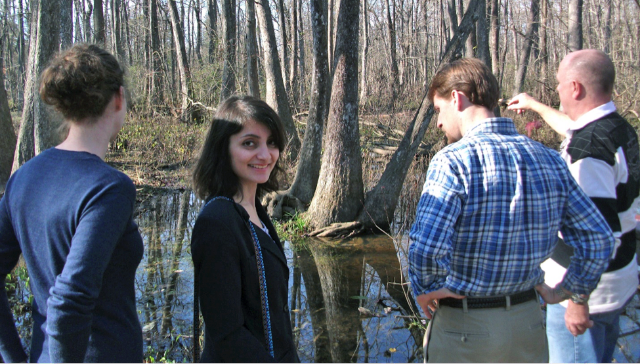I was shocked by how Boston had so many underground places to keep warm as did Chicago. Well, turns out Vancouver has its own underground secrets in Gastown, which was actually the original townsite from which Vancouver grew in the 1870s.
Gastown was named for "Gassy" Jack Deighton, a Yorkshire seaman, steamboat captain and barkeep who arrived in 1867 to open the area's first saloon. He was famous for his habit of talking at length (or "gassing") and the area around his saloon came to be known as "Gassy's town," a nickname that evolved to "Gastown."
The town soon prospered as the site of Hastings Mill sawmill, seaport, and quickly became a general centre of trade and commerce on Burrard Inlet as well as a rough-and-rowdy resort for off-work loggers and fishermen as well as the crews and captains of the many sailing ships which came to Gastown or Moodyville, which was on the north side of the inlet. The Canadian Pacific Railway terminated on piles on the shore parallel to Water Street in 1886.
Gastown is home to a series of steam pipes connected to a generating plant run under Georgia and Beatty Streets. The system provides heat to most of the downtown core, and provides the steam for the whistles of the famous Gastown steam clock. Despite seeming like a remnant of the Victorian era and being located in Gastown, the Steam Clock is actually from a hundred years later, built in 1977.
Saying the clock is “steam-powered” is factually incorrect, because the clockworks itself is powered by descending weights. The mini-steam engine at the base of the clock case takes up the role of the human “winder” by raising a series of ball weights and delivering the weights to the clock drive train. But the steam engine is connected by a rubber belt to an electric motor hidden from view - much more reliable than steam power. Every quarter-hour, the two-ton Steam Clock shows off a bit, whistling and shooting steam from its five whistles in its version of the Westminster Chime. On the hour it marks each hour with a toot from each whistle.
There are six other working “Steam” Clocks in the world. The lesson was learned, though – only the whistles are steam and the clockworks are electric. The clock is a key tourists destination in Vancouver. It’s also the near the start and a finish line of the Gastown Grand Prix, a single-day cycling race.




0 comments